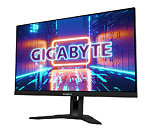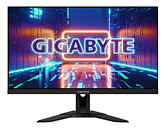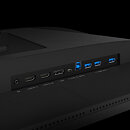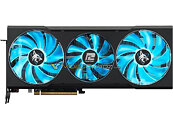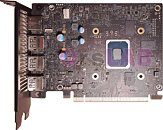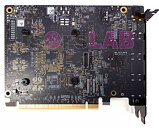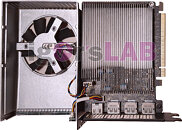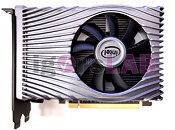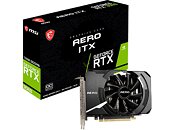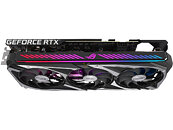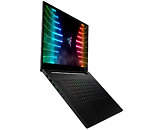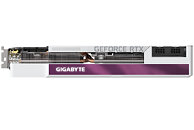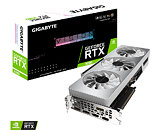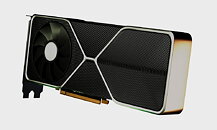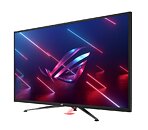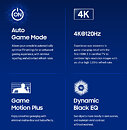
GIGABYTE Outs M28U 4K Gaming Monitor with Integrated KVM
GIGABYTE released the M28U, a unique 28-inch 4K Ultra HD gaming monitor that comes with an integrated KVM feature. This lets you effectively switch between two PCs. Simply plug the PCs to the monitor's multiple display inputs; plug your keyboard, mouse, and USB headset to the monitor's downstream USB ports, and the monitor's two upstream USB connections to the two PCs (one of these is a USB-C). Switching between the two is as easy as pressing a button on the monitor. This will prove particularly useful if you have a personal desktop and a company laptop to use in your home office, and don't want to clutter the place or waste time plugging things in and out.
As a display, the M28U is no slouch, its 4K Ultra HD (3840 x 2160 pixels) IPS panel supports refresh rates of up to 144 Hz, 178°/178° viewing-angles, 300 cd/m² maximum brightness, DisplayHDR 400, and 1000:1 static contrast ratio. Display inputs include two HDMI 2.1, one DisplayPort 1.4, and USB-C. From these, the USB-C input supports not just USB for the second PC's input, but also DisplayPort passthrough. If your second PC lacks an all-powerful USB-C, simply use any other display input, the USB-C will only take in upstream USB (which you can adapt to a type-A USB 3.0 port). The downstream USB hub puts out three 5 Gbps USB 3.0 ports. The company didn't reveal pricing.
As a display, the M28U is no slouch, its 4K Ultra HD (3840 x 2160 pixels) IPS panel supports refresh rates of up to 144 Hz, 178°/178° viewing-angles, 300 cd/m² maximum brightness, DisplayHDR 400, and 1000:1 static contrast ratio. Display inputs include two HDMI 2.1, one DisplayPort 1.4, and USB-C. From these, the USB-C input supports not just USB for the second PC's input, but also DisplayPort passthrough. If your second PC lacks an all-powerful USB-C, simply use any other display input, the USB-C will only take in upstream USB (which you can adapt to a type-A USB 3.0 port). The downstream USB hub puts out three 5 Gbps USB 3.0 ports. The company didn't reveal pricing.
